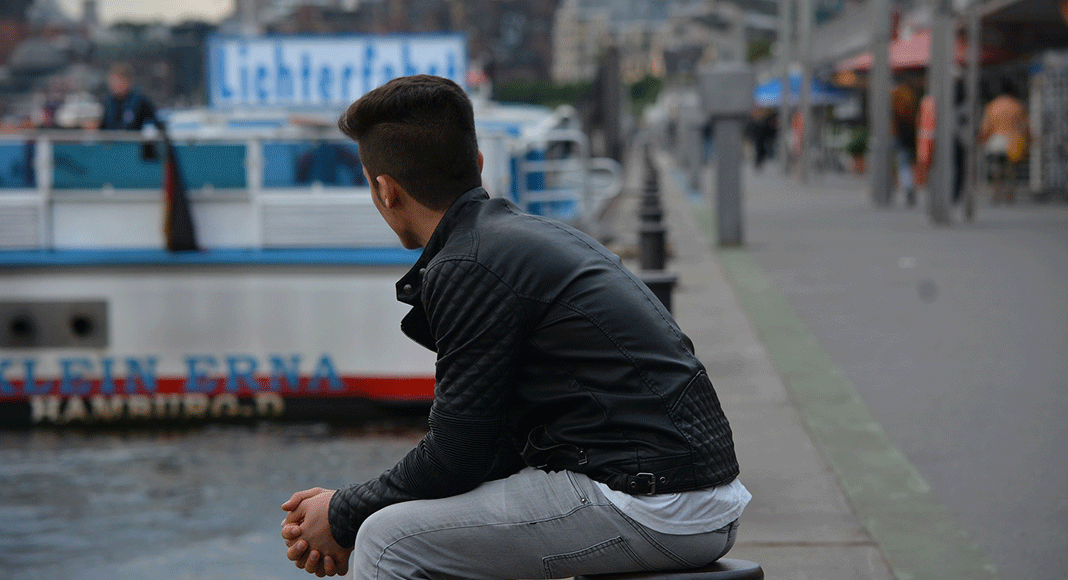The guidelines, released this week, stress respecting the specific vulnerabilities and cultural variability among sexual and gender minorities seeking asylum. They should help ensure that lesbian, gay, bisexual, transgender, and intersex (LGBTI) refugees and asylum seekers will not be unfairly denied protection in Canada – or re-traumatised in the process of seeking it.
While Canada at times presents itself as a beacon of hope for LGBTI refugees – last year, Prime Minister Justin Trudeau marched in Toronto’s pride parade alongside a gay Syrian refugee – civil society groups have criticised the government’s approach to recognising LGBT asylum claims. In a 2015 report based on interviews with 92 LGBT asylum seekers who arrived under Canada’s previous government, the nongovernmental organisation Envisioning found that LGBT asylum seekers are “required to provide documentation not only of persecution but also ‘proof’ of their sexual orientation and/or gender identity,” and accused immigration officials of relying on “stereotypical, uninformed…conceptions of LGBT identity.”
In 2012, the United Nations Refugee Agency (UNHCR), stated that LGBTI individuals frequently keep “parts of their lives secret” and advised people who decided someone’s refugee status that “self-denial, anguish, shame, isolation and even self-hatred which may accrue in response an inability to be open about one’s sexuality or gender identity are factors to consider.”
Canada’s new guidelines remind IRB staff that questions around gender and sexuality should be asked sensitively, that corroborating evidence about someone’s sexual orientation or gender identity may not be available from typical sources such as family members, and that stereotyping LGBTI people – such as assuming they’re not religious, or have never had heterosexual sex – is inappropriate.
Perhaps most importantly, the guidelines provide a compassionate and realistic framework for evaluating LGBTI asylum claims. They acknowledge that an individual’s self-acceptance of their sexual orientation or gender identity be “a gradual or non-linear process.” They remind officials judging asylum claims that, because of intense social stigma and threats of violence at home, some LGBTI asylum seekers will have only their own testimony to attest to their identity.
The guidelines – particularly timely and appropriate as Canada grapples with a wave of anti-gay pogroms in Chechnya – should serve as a model for other countries.
Written by By Farida Deif and Graeme Reid



